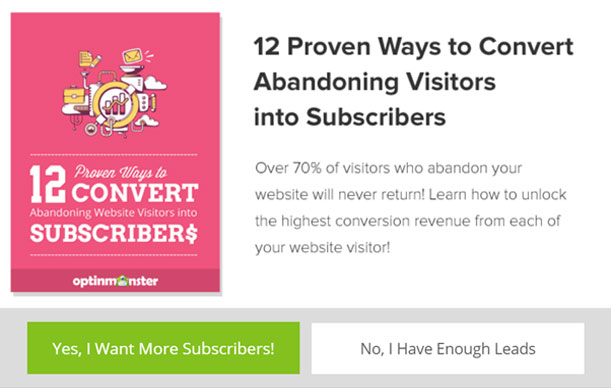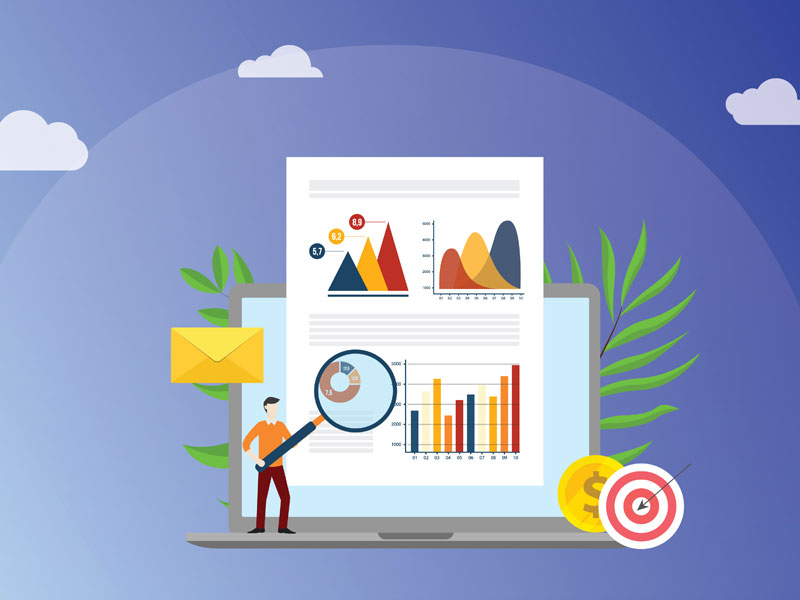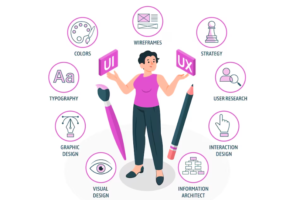A data-driven marketing strategy personalizes the user experience (UX) of your website.
Over 40% of consumers want personalized experiences with companies, as long as their trust isn’t compromised. This is particularly true for generation Z users, who expect websites to know what they want before they have to indicate their preferences.
Overall, for nearly 90% of U.S. marketers, personalizing their websites or apps resulted in increased revenue.
To cater to shifting user experience expectations, your company needs a data-driven marketing strategy.
This article explains to use user data to format a marketing strategy that creates personalized user experiences and boosts the success of your website.
What is Data-Driven Marketing and What are Its Benefits?
Data-driven marketing uses user data to personalize user experiences by delivering content to your users according to their interests and preferences.
Leveraging user data for your marketing efforts helps:
- Create a personalized online experience
- Engage potential customers at each stage of the conversion funnel through targeted content
- Optimize your online advertising for customer retention
User Data Helps Personalize Online Experiences
Gathering data about your website users visits helps your businesses cater to customers by personalizing:
- Product recommendations
- Special offers
- Browsing categories
- Repeat purchase suggestions
Amazon is an excellent example of a website that uses data to personalize the user experience.
For example, its home page contains suggestions for content – both products or entertainment – that users might like to purchase next based on their past purchases and browsing history.

Source: Amazon.com
Its approach is effective: a recent survey from Clutch found people prefer Amazon’s website user experience over otherpopular sites, including Facebook and YouTube.
Consumers prefer the easiest path to their search requests. Recommended content makes finding new, relevant content easier.
Advances Customers Through the Conversion Funnel and Benefits SEO
According to Clutch’s survey, half of users will permanently leave a website if they feel its content isn’t relevant.
Understanding user content behaviors and preferences allows a company to tailor its web content to specific buyer personas depending on theirlevel of purchasing interest.
Consider A/B testing elements of your online content to determine the best approach for driving interest and purchases.
For example, if you notice that conversational tone drives more click-through to other pages on your website than formal language on your “Our Services” page, you can optimize other services-focused pages by formatting them using an informal approach.
This data helps:
- Identify site visitors place in the conversion funnel
- Format headlines, formatting, and subject matter of your blog content, product descriptions, or informational resources to optimize engagement with your target audiences
Exercising this approach for all of your content also benefits your SEO, as search engines display listings that are the most relevant to the “intent” of people’s search. This is why SEO companies like Assertive Media are able to fine tune their results so exactly for your needs.
Improves Advertising Effectiveness
Your company can also leverage user data to optimize your online advertising efforts.
For example, you knowwhen toremove pop-ups or advertisements that people have previously opted into or closed out of.
OptinMonster displays a large popup ad on its website that asks visitors to subscribe to its mailing list.

Source: OptinMonster.com
Once a person signs up for its mailing list, the popup goes away and doesn’t return.
Use this approach to encourage return visitors and expose site visitors to as much relevant content as possible.
Fableticsactivewear, for example, displays newcomer content that consists of special promotions and quizzes to help them get started.

Source: Fabeletics.com
After converting people to subscribers, the company offers exclusive access to seasonal sales and new product releases.
Consider using emails as re-engagement tools for previously visited products and services in addition to relevant offers, content, and announcements based on their interests and position in the sales funnel.

Source: Fabeletics.com
Fabletics can then collect data on the items visitors click to understand which products a user is most interested in – data which informs the ads you include on your page during their browsing sessions.
Brands can use data to align ads and discounts with customer interests, which personalizes each user’s experience with your company.
Data-Driven Marketing Improves Your User Experience
Data-driven marketing can boost the success of websites when it’s used to personalize and segment different aspects of the user experience.
Some of the areas most impacted by data personalization are sales conversions, dwell time, ad effectiveness, and return visits.
Hiring an experienced digital marketing company can help support your data-driven marketing efforts.
While most website visitors want a certain level of trust and privacy, they also expect today’s websites to personalize their experience to their interests and place in the sales funnel. If you currently believe you’re not able to position your clients in your sales funnel, you may want to check out a few of these free sales funnel templates to give yourself a helping hand.





